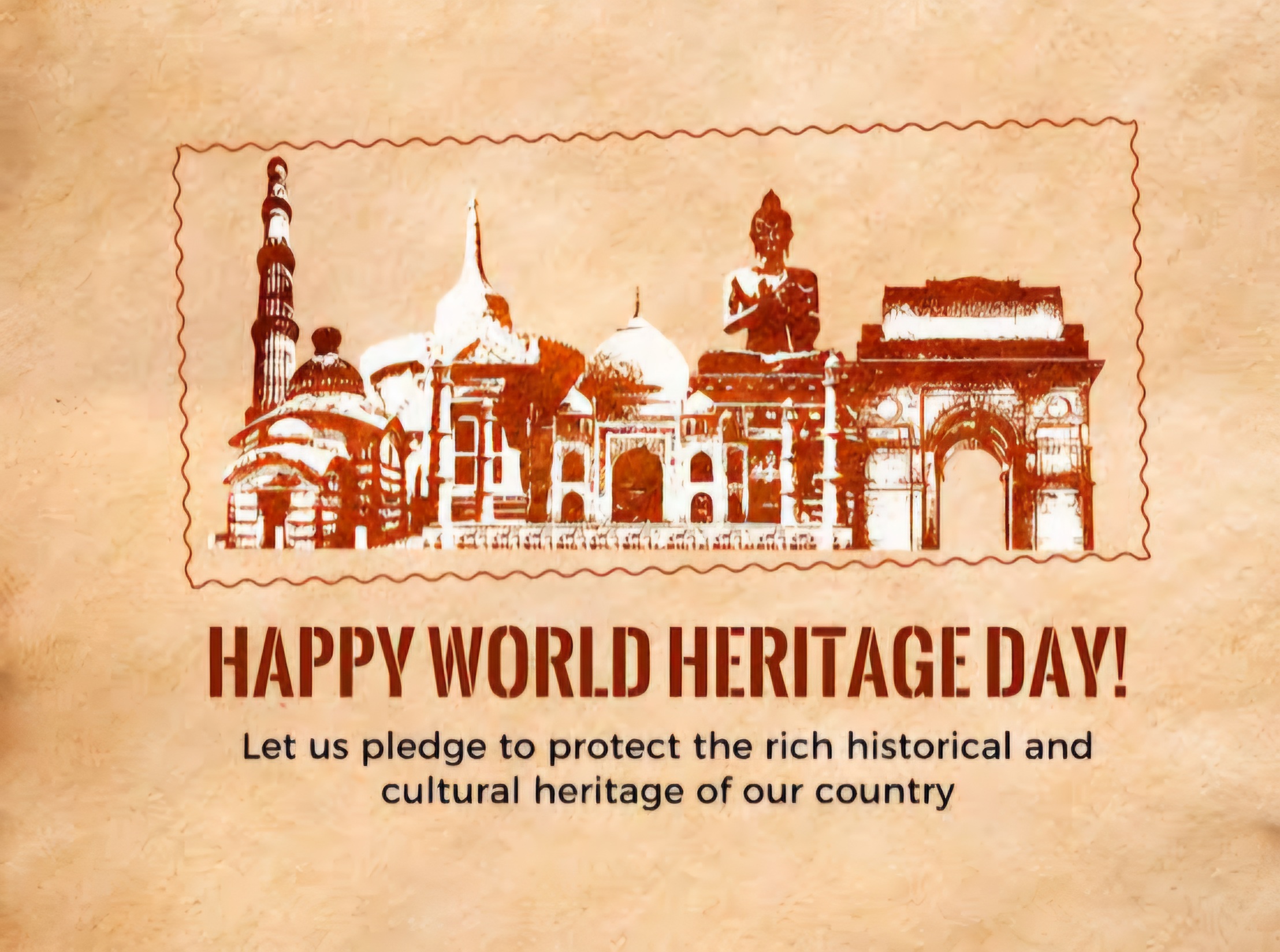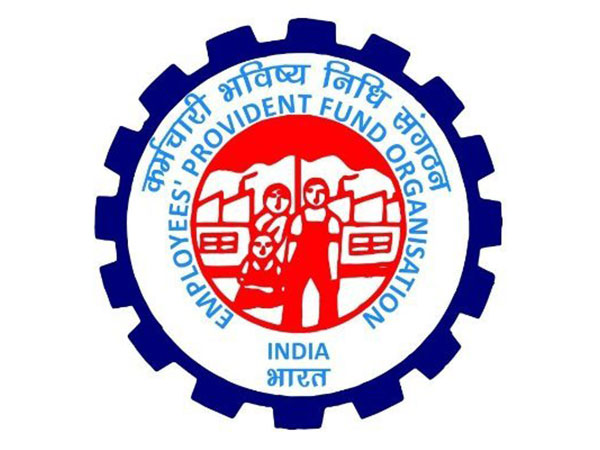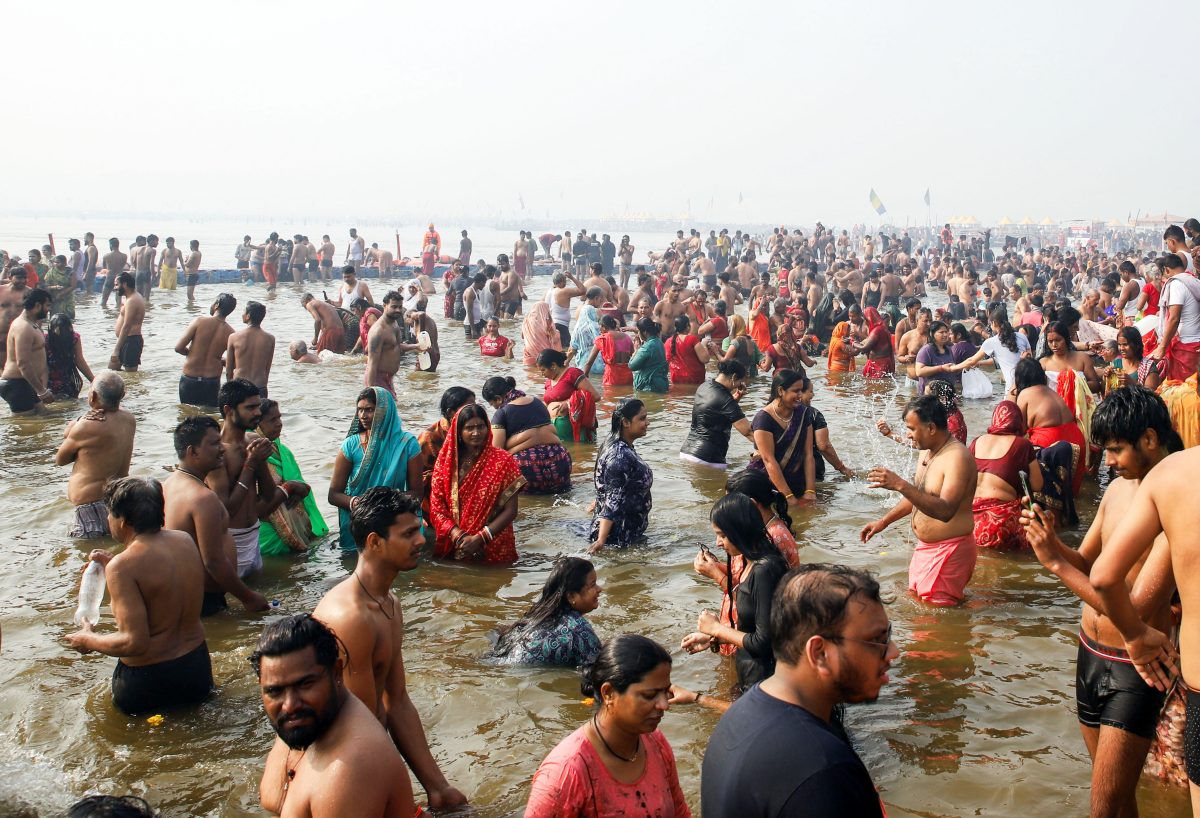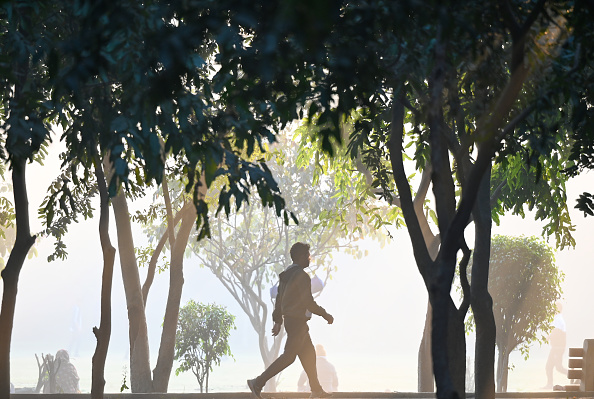As the world celebrates World Heritage Day today, the spotlight shines on preserving humanity’s cultural and natural legacy under the 2025 theme, “Heritage under Threat from Disasters and Conflicts: Preparedness and Learning from 60 years of ICOMOS Actions.” This annual event, marked every April 18, underscores the urgency of safeguarding irreplaceable treasures like India’s 43 UNESCO World Heritage Sites, from the majestic Taj Mahal to the ancient Ajanta and Ellora Caves. Initiated in 1982 by the International Council on Monuments and Sites and adopted by UNESCO in 1983, World Heritage Day—also known as the International Day for Monuments and Sites —celebrates the shared consciousness of humanity embedded in historic sites, folk songs, and ancient scripts. This year’s theme highlights the need to protect heritage from natural disasters and conflicts, drawing on six decades of ICOMOS expertise to guide global efforts.
The World Heritage Convention: A Global Commitment
At the heart of these efforts lies the World Heritage Convention, established by UNESCO in 1972 to identify and protect sites of universal value. As of October 2024, the World Heritage List boasts 1,223 sites across 196 countries, including 952 cultural, 231 natural, and 40 mixed properties. India, a signatory since 1977, proudly contributes 43 sites, with recent additions like Moidams: The Mound-Burial System of the Ahom Dynasty in Assam, inscribed in July 2024. Prime Minister Narendra Modi aptly noted, “Heritage is not only history. Rather a shared consciousness of humanity.” India’s journey began in 1983 with the listing of Agra Fort, Taj Mahal, Ajanta Caves, and Ellora Caves. With 62 more sites on UNESCO’s Tentative List, the nation continues to champion preservation as a bridge between past and future.
India’s Robust Heritage Initiatives
India’s commitment to its cultural and natural legacy is evident in a slew of innovative initiatives led by the Ministry of Culture and the Archaeological Survey of India (ASI). Since 2014, the government has retrieved 642 antiquities from foreign countries, part of a total 655 recovered since 1976. The Adopt a Heritage 2.0 program, revamped in 2023, has seen 21 MoUs signed with organizations to enhance facilities at protected monuments using CSR funds. In July 2024, India hosted the 46th Session of the World Heritage Committee in Delhi, attended by 2,900 delegates from over 140 countries. The event, inaugurated by PM Modi, reinforced India’s global leadership in heritage conservation. Meanwhile, the ASI oversees 3,697 monuments of national importance, ensuring accessibility with amenities like pathways, signages, and facilities for differently-abled visitors. Revival projects like the Kashi Vishwanath Corridor, Mahakaal Lok, and Ma Kamakhya Corridor enhance pilgrim experiences, while the Chardham Road Project improves connectivity to sacred sites. The Must See Portal (asimustsee.nic.in) showcases nearly 100 prominent sites, offering history, access details, and panoramic views to global visitors.
Digitizing and Celebrating Heritage
The National Mission on Monuments and Antiquities (NMMA), launched in 2007, has digitized over 12.3 lakh antiquities and 11,406 heritage sites, with ₹20 lakh allocated for 2024–25. The Indian Heritage in Digital Space (IHDS) initiative leverages immersive technology to preserve and present India’s legacy. On October 3, 2024, Assamese, Marathi, Pali, Prakrit, and Bengali were granted classical language status, bringing the total to 11 and affirming India’s linguistic heritage. India’s literary heritage also shone globally when Ramcharitmanas, Panchatantra, and Sahrdayāloka-Locana were inscribed on the MOWCAP Regional Register in May 2024, cementing their universal significance.
Historic moment for Bharat’s civilisational heritage
The Shrimad Bhagavad Gita & Bharat Muni’s Natyashastra are now inscribed in UNESCO’s Memory of the World Register. The inclusion of the Gita and Natyashastra in UNESCO’s Memory of the World Register is a global recognition of our timeless wisdom and rich culture. With this, we now 14 inscriptions from our country on this international register.
A Shared Responsibility
World Heritage Day 2025 reminds us that preserving heritage is a collective duty. From ancient monuments to timeless literature, India’s efforts—through national initiatives and global collaboration—ensure these treasures continue to inspire and educate. As threats loom, the nation’s proactive measures, from digitization to disaster preparedness, safeguard the stories of who we were for generations yet to come.




















